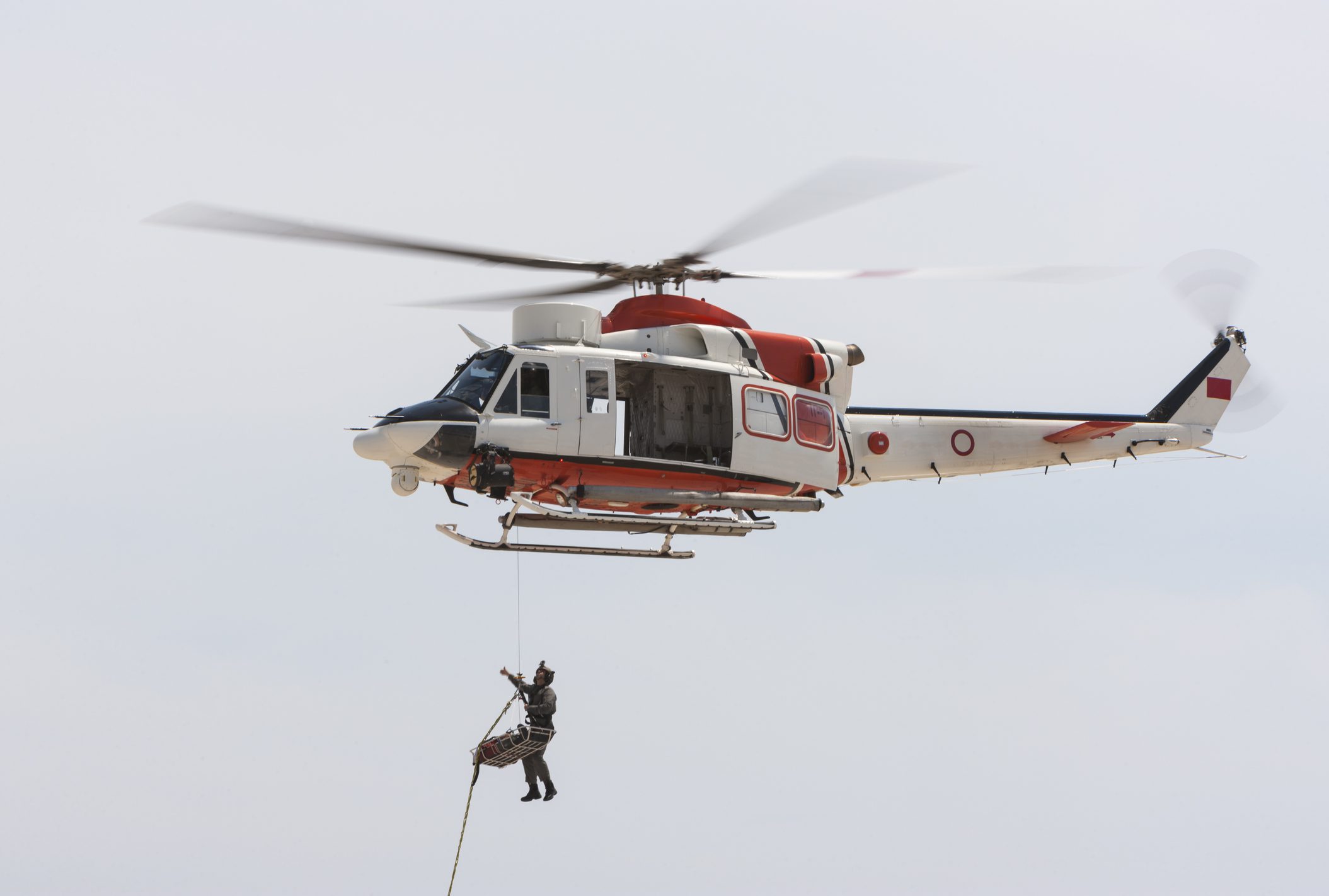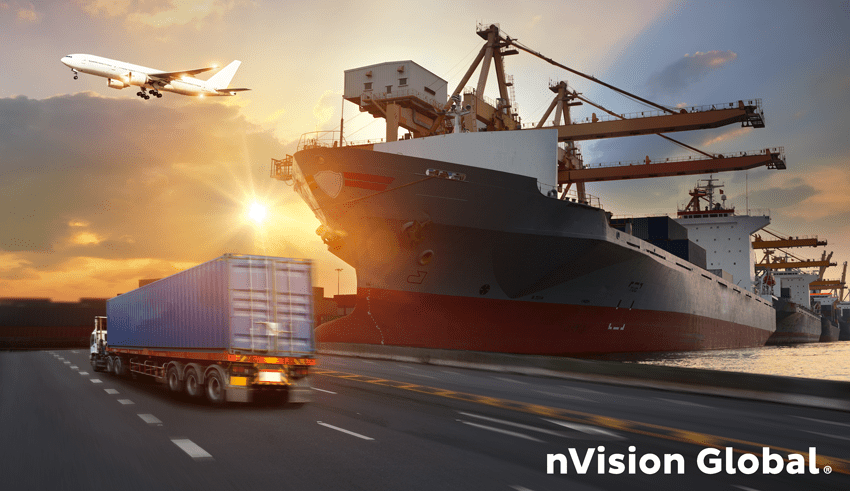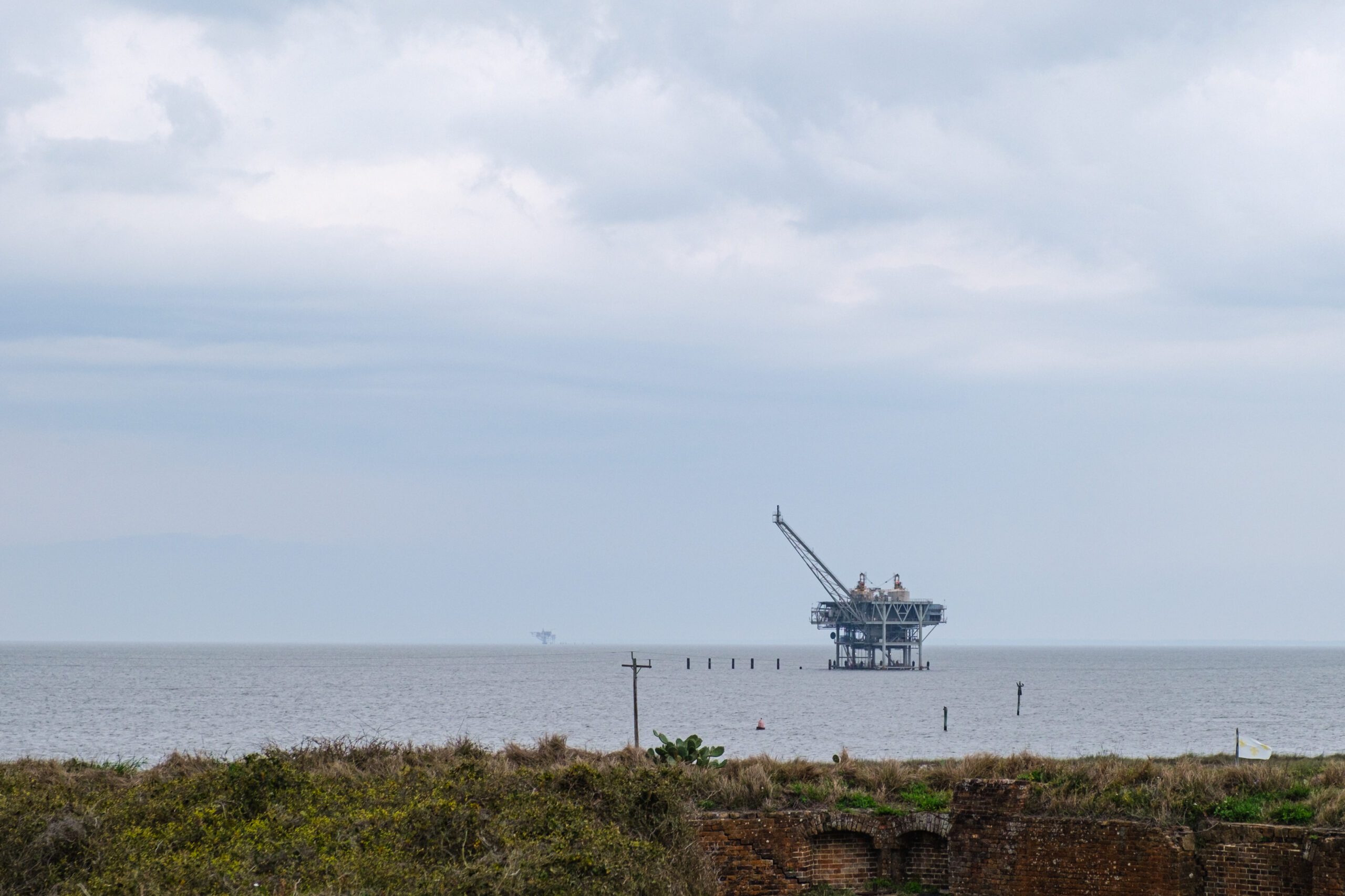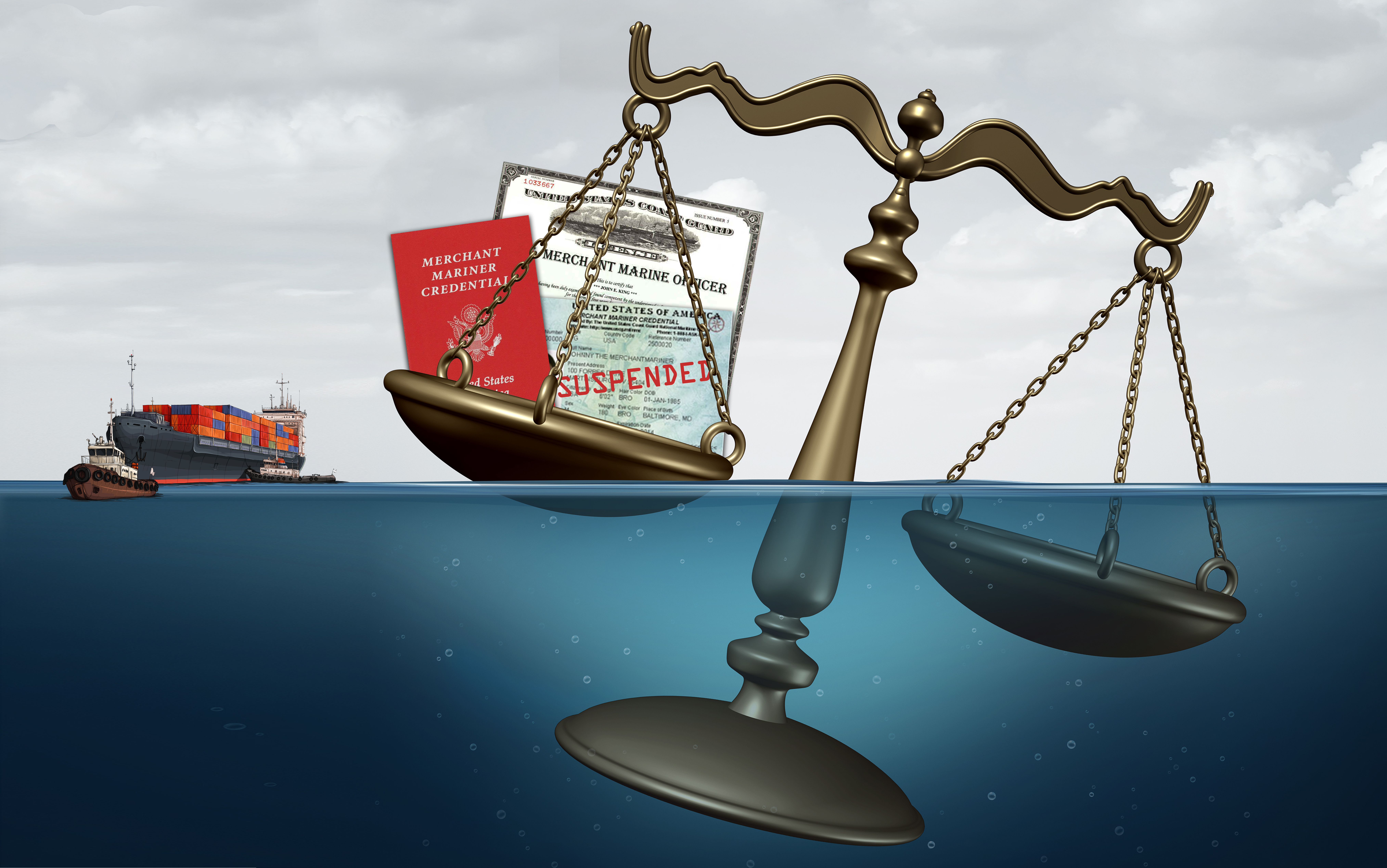At about 10:30 a.m. on July 18, 2022, a U.S. Coast Guard helicopter approached the Malto Hope, a bulk carrier located about 57 miles off the coast of Newport, Oregon. Two days earlier, the Coast Guard had received a report of a 29-year-old crew member who’d suffered a stroke and related complications on a Panama-flagged vessel about 1,000 miles from the Oregon coast. The 13th Coast Guard District Command Center requested that the Malto Hope come closer to shore for a medical evacuation. Once the vessel came within range, the crew member was safely airlifted from the carrier and transported to awaiting medical crews on land.
This incident ended with the worker getting the treatment he needed, which is the ultimate goal when any maritime injury occurs, but it also raises a few key questions. What happens when workers are injured offshore? Will they be treated on the vessel, or will they be airlifted to a medical facility on land? Are oil rigs and maritime vessels even equipped to help injured or ill crew members?
Let’s take a closer look.
Working at sea can present several complex issues, particularly when a crew member is injured or falls ill. Whether you’re working just a few miles off the Gulf of Mexico or hundreds of miles out in the middle of the Pacific, getting prompt—and effective—medical treatment can be complicated.
Offshore rigs typically do not have medical doctors on board, but they do have medics. An offshore medic has the primary duty of treating crew members for any injuries or illnesses that may arise while working on the rig. They also protect the crew’s overall health and well-being by providing necessary routine care. While specific qualifications may vary depending on the rig type and the crew size, an offshore medic must typically be a certified EMT (emergency medical technician) who has completed an accredited paramedic program.
When a crew member is injured or ill, the onboard medic will examine them and administer treatment as necessary. For minor offshore injuries and illnesses, this may be enough to help the worker heal and return to their duties. In some cases, however, additional support or evacuation may be required.
Telemedicine’s Impact on Maritime Workers
For decades, offshore medics have been supported by doctors on land. In the past, this had to be done by telephone or radio. However, an external doctor’s influence was limited without a way to monitor patients more closely or take an in-depth look at rest results. This meant it was more difficult for an injured worker to receive the necessary care; it also sometimes led to unnecessary medical evacuations to onshore providers.
Today’s rigs have internet and satellite, which translates to better connectivity with onshore practitioners. Onshore doctors and specialists can review test results, observe a patient, and discuss treatment options with offshore medics with greater ease and better outcomes. This process, known as telemedicine, is becoming more prevalent—not only in the maritime industry but on land, as well. Telemedicine offers onshore doctors the opportunity to diagnose and treat patients remotely, which is an invaluable option for offshore crews.
Medevac: Evacuations of Injured & Ill Offshore Workers
Even with telemedicine and onboard medics, severely injured or ill offshore workers may be unable to receive the treatment they need while at sea. Offshore rigs and maritime vessels are not equipped with full medical facilities but rather “sick bays.” These bays may include basic medical devices, medication, and tools but lack specialized equipment that would be found at an onshore hospital or medical center. When an offshore worker cannot receive the treatment they need from the onboard medic and sick bay, they may need to be evacuated.
Medical evacuation, or medevac, is the process of moving an injured or ill person from one location to medical facilities where they can be treated. For offshore workers, medevac is particularly complicated because the platform or vessel where the patient is located may be a significant distance from shore. In the incident involving the Malto Hope, the vessel was initially too far from the coast for the U.S. Coast Guard to evacuate the crew member. It took days for the ship to come within a safe distance for medevac.
Depending on the unique situation, offshore medevacs may be accomplished by helicopter or boat. The medevac itself can prove treacherous because of weather and sea conditions. The onboard medic, onshore doctor, and rescue personnel must work together to determine the best way to transport the injured crew member. This can be highly challenging in cases involving fires, explosions, or other catastrophes.
Maritime employers must do their part to ensure crew members have the safest possible working conditions by providing them with the proper training and equipment. They must adequately maintain their vessels and equipment to minimize the likelihood of a failure, blowout, or other disasters. They must also ensure injured and ill workers have access to medical treatment on the rigs and vessels where they are stationed—and they must have policies in place for telemedicine and medevac when necessary.
Every offshore worker deserves to receive timely, appropriate medical treatment.
This applies to injuries caused by accidents on rigs and to medical conditions or illnesses that arise while they’re on duty, such as the case involving the Malto Hope worker who suffered a stroke.
There is no excuse for denying treatment or providing insufficient care.
Representing Injured Offshore Workers
Arnold & Itkin has fought for injured seamen and offshore workers since 2004. The firm is known as a leader in maritime law, having represented one-third of the Deepwater Horizon crew after the rig exploded and sank, as well as three widows of El Faro crew members after they went down with the ship in Hurricane Joaquin. When offshore disasters happen, crews and families call Arnold & Itkin’s maritime lawyers for the level of representation they need to find answers and see justice served. No matter what.
Sign up for our newsletter

 Join The Club
Join The Club













